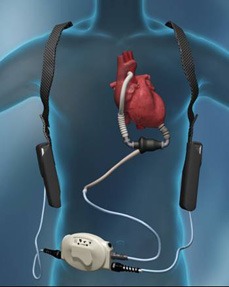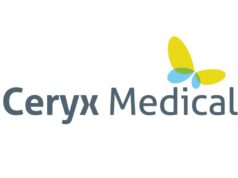
More than a third of advanced heart failure patients treated with a left ventricular assist device (LVAD) and intensive drug therapy have recovered their heart function enough to allow removal of the LVAD device, according to preliminary results of the ongoing RESTAGE study presented at the American Heart Association’s Scientific Sessions 2016.
RESTAGE, includes 40 patients (67.5% men, average age 34.9 years) at six different centres, with very advanced or end stage heart failure. Within the first 209 days, three patients did not survive long enough to get the therapy and one had the device removed. The remaining 36 patients were implanted with an LVAD (HeartMate II, St Jude Medical) and prescribed an aggressive combination of drugs (lisinopril 40mg, spironolactone 25mg, digoxin 125mg and losartan 150mg daily and coreg25 mg bid).
All of the patients were so disabled from heart failure that the initial intent with the LVAD was to use it until they could receive a heart transplant or to leave the device in for the rest of their lives.
“This suggests that even very advanced heart failure can be reversed using these heart pumps, particularly when combined with additional drug therapy, avoiding the need for heart transplantation for these patients and making the donor heart available for another needy individual,” said Emma J Birks, lead author of the study and professor of medicine at the University of Louisville, Louisville, USA.
Researchers tested the 36 patients’ heart function to determine if any had improved heart function enough from the therapy to have the pumps removed, or if their heart function remained poor and needed a heart transplant or to remain on the pump.
The preliminary results have found so far:
- Thirteen patients receiving the combination therapy had recovered enough heart function (after an average of 344 days) to have the pump removed.
- Two patients received transplants from the pump and one died on the pump.
- Twenty patients are ongoing (two of which are also scheduled to have their devices removed).
“The fact that this could be done in several centres suggests that using the device with this drug combination to reverse heart failure is possible on a larger scale. It has previously been thought that these devices rarely recover heart function enough to allow them to be removed, but this study suggests that this can occur in a much bigger number than originally thought, particularly if combined with drug therapy,” Birks said.
This study is funded by St Jude Medical.









